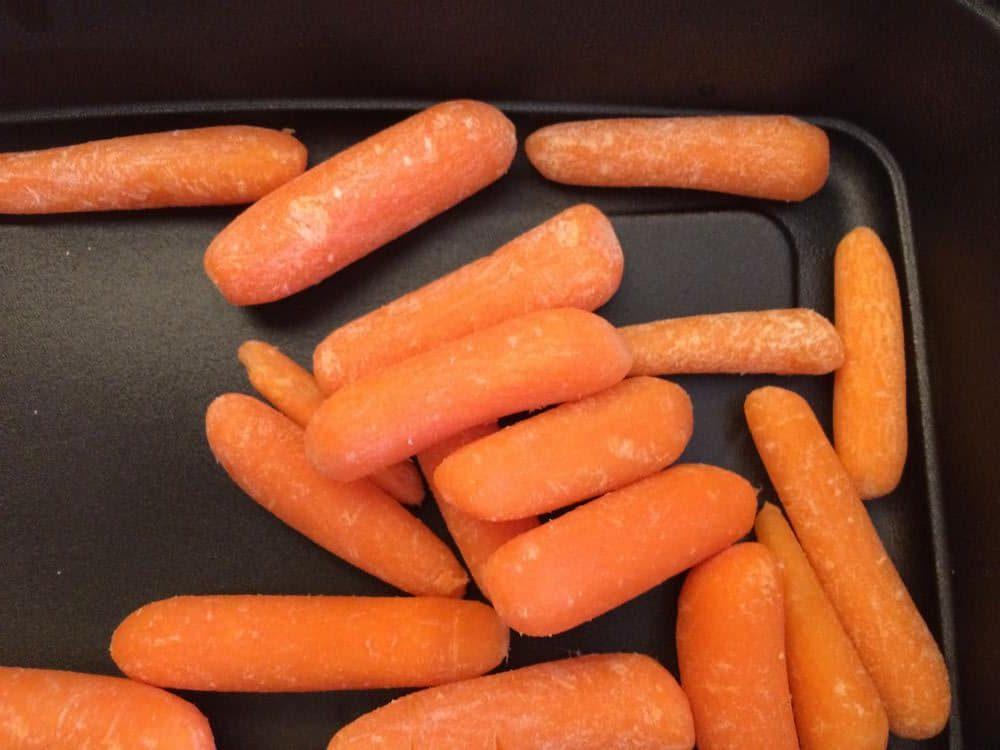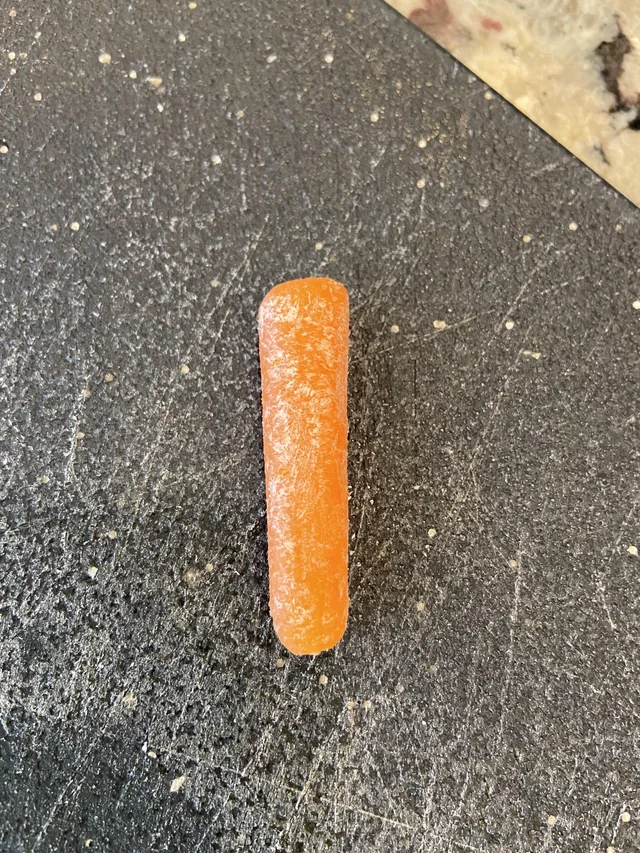Ever brought home a fresh bag of baby carrots, only to notice them develop a fuzzy white coating after a few days? If you’re like most people, you’ve probably assumed the worst: that your carrots have gone bad and need to be tossed out. But here’s the truth — that white fuzz isn’t what you think. It’s not mold, and it certainly doesn’t mean your carrots are spoiled.
The Truth Behind the White Coating on Baby Carrots

This white coating you see on baby carrots is scientifically known as “carrot blush” or “white blush.” While it might look alarming, it’s actually just a natural process where the surface of the carrot becomes slightly dehydrated. Carrots, like most root vegetables, have a high water content. When they start to lose moisture, especially in a dry environment like your fridge, the surface begins to show this harmless white layer.
In simple terms, your carrots aren’t going bad — they’re just thirsty!
Why Does Carrot Blush Happen?
You might be wondering why baby carrots, in particular, are more prone to this white blush. It all comes down to the way they’re prepared.
- Processing and Exposure: Baby carrots are typically cut from larger carrots and shaped into the familiar baby-sized versions you see in stores. During this process, their protective outer layer (called the periderm) is removed, leaving the tender inner part exposed. This makes baby carrots more vulnerable to drying out and showing signs of dehydration.
- Lack of Moisture: The refrigerator, while great for preserving food, can be an extremely dry environment. The moisture naturally evaporates from the surface of the baby carrots, causing them to look dull and white, rather than the bright orange you’re used to.
Is the White Coating Dangerous?
The short answer is no. The white coating is entirely harmless and doesn’t affect the taste or nutritional value of the carrots. It’s purely cosmetic. But because it looks a bit strange, many people assume the worst and throw their carrots away prematurely. Don’t make that mistake!
The reality is that carrot blush is just a sign of dehydration. Your carrots are still perfectly fine to eat — they just need a bit of hydration.
How to Remove the White Coating and Restore Freshness
Thankfully, getting rid of that white fuzz is super easy. Here’s how you can refresh your baby carrots in just a few minutes:
- Soak in Cold Water: Place the baby carrots in a bowl of cold water for about 10-15 minutes. This will rehydrate the surface of the carrots and bring back that bright orange color.
- Refrigerate Properly: Once soaked, dry them off and store the carrots in an airtight container or resealable bag. This will help retain moisture and prevent the white blush from forming again.
Even if the white coating doesn’t disappear completely, don’t worry! It’s still safe to eat, and you’ll barely notice the difference once you’re snacking on them.
What To Do If The Carrots Look Too Dry

Sometimes, despite your best efforts, the carrots might look a bit too shriveled. While they’re still safe to eat, you may want to spruce them up a bit before serving.
- Roast Them: Toss your baby carrots in a bit of olive oil, sprinkle with salt, and roast them in the oven. Roasting can intensify their natural sweetness and make for a delicious side dish.
- Make a Soup or Stew: Carrots that don’t look their freshest are perfect for soups and stews. Once blended, you’ll never know they were once looking a little dehydrated.
By using these techniques, you’ll not only reduce food waste but also enjoy the full flavor and nutritional benefits of your carrots.
Why Preventing Food Waste Is So Important
In today’s world, preventing food waste is more important than ever. Fresh produce can be expensive, and tossing out perfectly good vegetables simply because they look a bit off can add up over time.
Learning little tricks like soaking dehydrated carrots or roasting tired vegetables is a great way to stretch your grocery budget and reduce waste. You might be surprised by how much longer your produce lasts with just a few simple adjustments.
Pro-Tip: Storing Baby Carrots to Keep Them Fresh
Want to avoid carrot blush altogether? Here’s how you can store baby carrots properly to keep them fresh and bright for longer:

- Store in a Damp Paper Towel: Wrapping the carrots in a damp paper towel before placing them in an airtight container can help prevent dehydration.
- Use a Humidity Drawer: Many refrigerators have drawers designed to maintain humidity levels, which can help keep carrots and other vegetables fresh.
- Avoid Open Air: The more exposure to air, the faster the carrots will dry out. Keeping them sealed in an airtight container is key to preventing that white coating.
By following these storage tips, you’ll extend the shelf life of your baby carrots and keep them looking fresh for longer.
Conclusion: Carrot Blush Isn’t a Cause for Alarm
Next time you notice that fuzzy white coating on your baby carrots, don’t panic. It’s not mold, and your carrots are still perfectly safe to eat. This white blush is simply a sign of dehydration, which can be easily reversed with a quick soak in cold water.
So, instead of tossing those carrots, refresh them and enjoy! It’s a simple way to save money, prevent food waste, and make sure you’re getting the most out of your fresh produce.


